
Roots
The strands that crown our heads hold stories, echoes of ancient lineage whispered through their very texture. Within every coil, every wave, resides a heritage, a living testament to journeys spanning continents and centuries. For people of African and mixed-race descent, textured hair is far more than a biological phenomenon; it stands as a profound chronicle, a visual record of collective memory, cultural resilience, and an unwavering connection to ancestral wisdom. Understanding this heritage asks us to look beyond mere aesthetics, seeking the deeper meanings woven into every ritual, every application of natural oils and butters, as acts of identity preservation long before concepts of beauty standards became diluted by outside influences.
Consider, if you will, the inherent design of textured hair. Its elliptical shaft, the unique curl pattern, grants it a distinct architecture. This structure, while magnificent, presents specific needs ❉ it requires careful hydration and gentle handling to maintain its strength and suppleness. For millennia, those who lived with these tresses discerned these needs, not through laboratories, but through generations of observation and ingenuity.
Their practices, passed down through touch and oral tradition, formed the earliest codex of textured hair care. These ancestral approaches to care were not arbitrary acts; they were responses shaped by elemental biology and the demanding climates of their homelands.
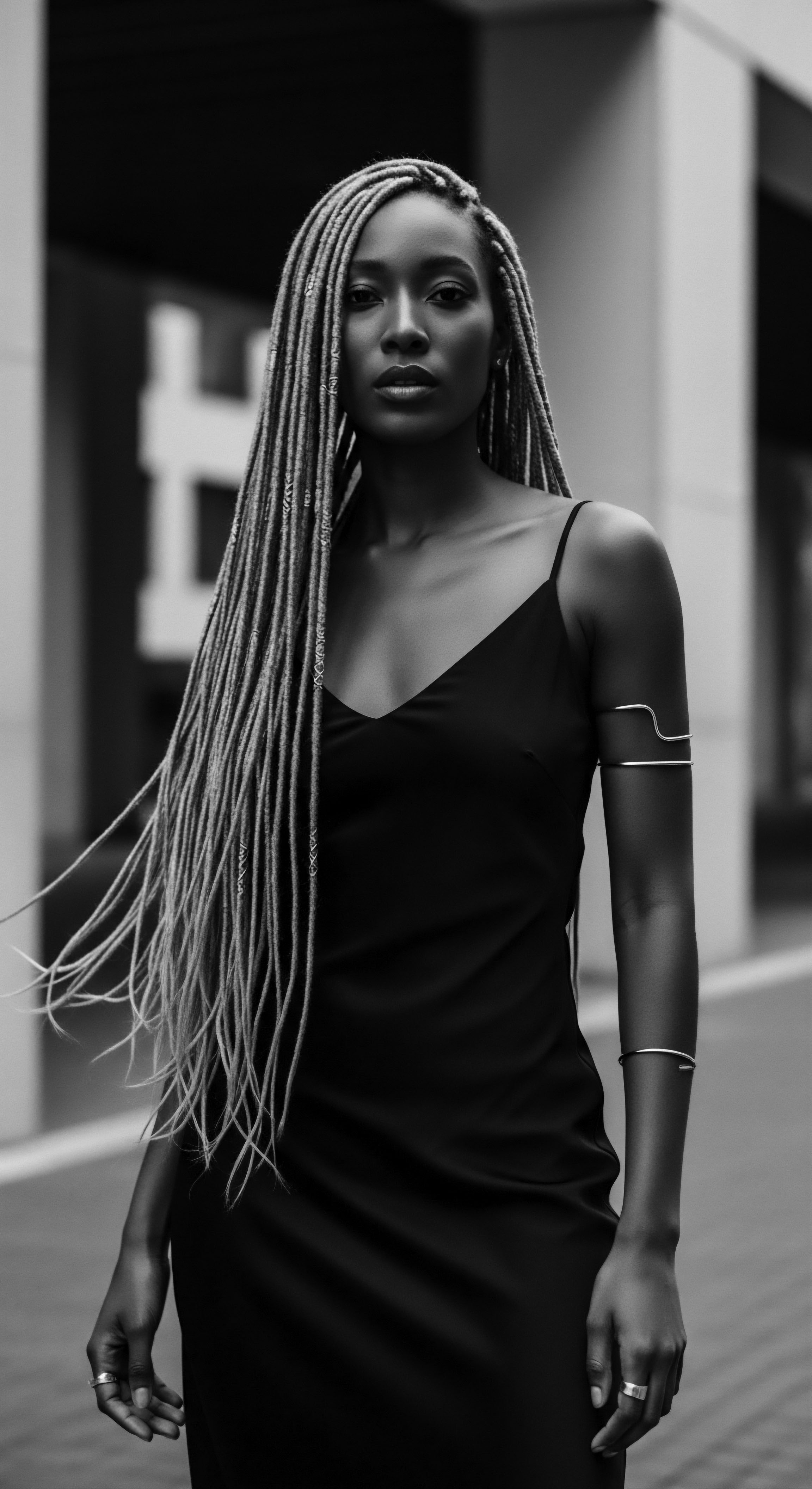
What does Textured Hair Anatomy Teach Us about Ancient Care?
The very structure of a strand, its helical path, means that the natural oils produced by the scalp, known as sebum, struggle to travel down the hair shaft as readily as they might on straighter hair types. This inherent characteristic necessitates external intervention for proper moisture retention. Across various African civilizations, this observation led to the diligent application of emollients. These natural substances, derived from the earth’s bounty, acted as protective shields and hydrating agents.
They sealed in moisture, softened the hair, and provided a luminous quality, ensuring the hair remained pliable for intricate styling. This practice of applying oils, therefore, arose from an intrinsic understanding of the hair’s biological requirements, transformed into a practice of reverence.

How Did Hair Denote Belonging in Antiquity?
Long before the written word articulated complex social structures, hair served as a living language, a visible marker of identity, status, and community affiliation across numerous African societies. In West Africa, for instance, among the Wolof, Mende, and Yoruba peoples, hairstyles communicated marital status, age, wealth, and spiritual beliefs. A woman’s intricate braided pattern could convey her eligibility for marriage, while a shaved head might signify a period of mourning or spiritual devotion. The Himba people of Namibia famously adorned their dreadlocked strands with a mixture of red ochre paste and butterfat, symbolizing their deep connection to the earth and their ancestors.
These cosmetic applications were not isolated acts of vanity; they were statements of belonging, expressions of a collective self, and conduits for spiritual expression. The very act of grooming, often communal, reaffirmed social bonds and transmitted cultural wisdom.
| Traditional Nourishment Shea Butter (Vitellaria paradoxa) |
| Region of Historical Use West Africa (e.g. Ghana, Burkina Faso) |
| Primary Cultural Significance and Benefits A staple for moisture, sealing, and soothing scalps. Symbolized communal care and sustenance. |
| Traditional Nourishment Palm Oil (Elaeis guineensis) |
| Region of Historical Use West and Central Africa (e.g. Yoruba, Igbo) |
| Primary Cultural Significance and Benefits Deeply symbolic, sometimes considered the "tree of life." Used for hair and skin, often in ceremonial practices. |
| Traditional Nourishment Castor Oil (Ricinus communis) |
| Region of Historical Use Various African regions, Ancient Egypt |
| Primary Cultural Significance and Benefits Known for promoting hair growth and thickness. Its dense texture provided substantial environmental protection. |
| Traditional Nourishment Coconut Oil (Cocos nucifera) |
| Region of Historical Use Coastal West Africa, East Africa |
| Primary Cultural Significance and Benefits A widely available moisturizer, used for shine and scalp conditioning. Represented readily available natural bounty. |
| Traditional Nourishment These natural offerings shaped care rituals, allowing hair to both flourish and declare one's heritage. |
Textured hair care rituals, including oiling, served as a profound historical context for preserving cultural identity by responding to the hair’s inherent needs and acting as visible markers of social standing and spiritual connection.

Ritual
The transition from understanding hair’s fundamental nature to its active shaping and adornment reveals a continuity of expression across time. Hair care, specifically the intricate styling techniques and the application of oils, evolved into sophisticated rituals that sustained identity through epochs of profound change. These practices became a tender thread, linking individuals to their ancestry, even when external forces sought to sever those connections. Each braid, each coiled arrangement, each application of oil, held meaning far beyond its physical form.
Consider the era of the transatlantic slave trade, a period that violently attempted to strip enslaved Africans of their humanity, their names, and their heritage. Upon forced arrival in the Americas, a common, devastating practice involved shaving the heads of captives. This act, often masked by claims of hygiene, was a deliberate and calculated assault on identity, a brutal severing of cultural ties that hair symbolized so powerfully.
The elaborate styles that signified age, religion, marital status, and ethnic belonging were summarily destroyed, reducing individuals to a state of anonymous chattel. Yet, the spirit of resilience, deeply rooted in ancestral ways, could not be extinguished.

How Did Forced Removal of Hair Influence Care Practices?
Denied access to the traditional tools and natural substances of their homelands, enslaved Africans adapted with astonishing ingenuity. They employed what meager resources were available, sometimes resorting to unlikely materials such as bacon grease, butter, or even kerosene to lubricate their hair. These were not ideal, of course, but they were acts of defiance, a desperate yet determined effort to maintain a semblance of care and connection to their former selves. The very act of tending to one’s hair, even under the most brutal conditions, became a quiet act of resistance, a whisper of continuity.
Protective styles, born of necessity and ancestral wisdom, became paramount. Braids, twists, and cornrows, already deeply rooted in West African traditions, served multiple purposes. They protected the hair from damage, prolonged the time between more intensive care sessions, and, crucially, became a clandestine form of communication.
- Braided Maps ❉ Historical accounts suggest that specific braiding patterns were used to convey information, including escape routes for those seeking freedom during enslavement. These intricate designs could hide rice seeds, symbolizing hope for future sustenance, or could depict the topography of escape routes, serving as a silent, visible map for those daring to seek liberation (Dabiri, 2019, p. 77; Colleen, 2020).
- Secret Messages ❉ The number of braids or their direction might have signaled meetings, dangers, or pathways to safety, allowing individuals to communicate without the enslavers’ knowledge.
- Community Solidarity ❉ The act of braiding itself, often performed in hushed gatherings, created moments of intimacy and shared cultural practice, reinforcing communal bonds in a world designed to isolate.

How Did Oiling Sustain Identity Despite Profound Loss?
Oiling, a core component of pre-colonial African hair care, endured as an essential practice even when traditional oils were scarce. The application of whatever available fatty substances could be found speaks to a deep, inherent understanding of textured hair’s need for lubrication and protection. This sustained practice of anointing the hair, even with makeshift ingredients, held profound symbolic weight. It was a refusal to fully conform to the dehumanizing conditions, a way to keep a small part of one’s inherited self vibrant.
It connected the individual to generations of ancestors who had performed similar rituals, even if the tools and ingredients had changed. This continuity of action, despite the forced rupture of physical location and social standing, served as a powerful, unspoken affirmation of self.
Hair rituals, including precise styling and diligent oiling, transformed into clandestine acts of identity preservation and powerful forms of communication during periods of profound cultural disruption, such as the transatlantic slave trade.

Relay
The journey of textured hair care, from ancient reverence to forced adaptation, did not conclude with the abolition of slavery. It evolved, passing from generation to generation, becoming a profound relay of cultural memory and communal spirit. This period of relay, stretching into contemporary times, speaks to the enduring power of these rituals to shape and voice identity, even as societies underwent further transformations. The historical context of textured hair care rituals, including oiling, is therefore a living story, continuously reinterpreted and reasserted.
Following emancipation, people of African descent in the diaspora faced new pressures. Eurocentric beauty standards gained dominance, often leading to the devaluation of natural textured hair. Straightened hair became associated with professionalism or social acceptance, leading to the adoption of chemical relaxers and hot combs.
Yet, even within these shifts, the underlying tenets of hair care – cleanliness, nourishment, and styling – persisted, albeit often through altered means. The need for emollients for hair health remained, even as commercial products sometimes replaced traditional oils.
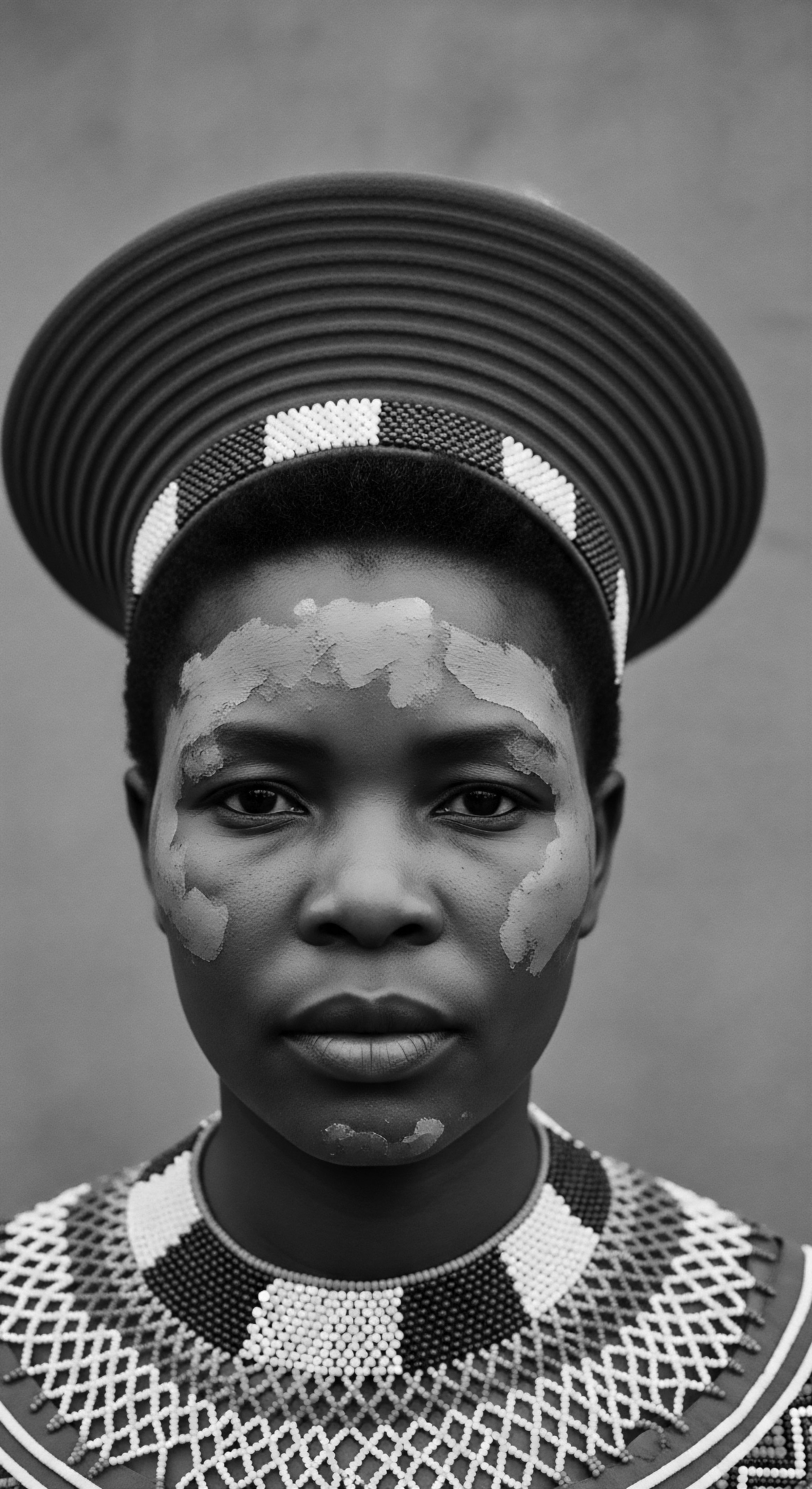
How Did Historical Knowledge Influence Modern Hair Wellness?
The mid-20th century, particularly the Civil Rights Movement and the Black Power Movement, marked a significant turning point. The concept of “Black is beautiful” resonated deeply, triggering a resurgence in natural hairstyles. The Afro became a symbol of racial pride, political assertion, and a conscious rejection of imposed beauty norms. This movement was a powerful affirmation of inherited identity, directly challenging the historical disparagement of textured hair.
It was during this period that many rediscovered, or openly reclaimed, the ancestral practices of their forebears. The understanding that hair health could improve the lives of African American women, as pioneered by figures like Annie Malone and Madam C.J. Walker in the early 1900s, who developed hair-care products and schools, laid groundwork for self-sufficiency and communal care, even if their methods sometimes included straightening aids.
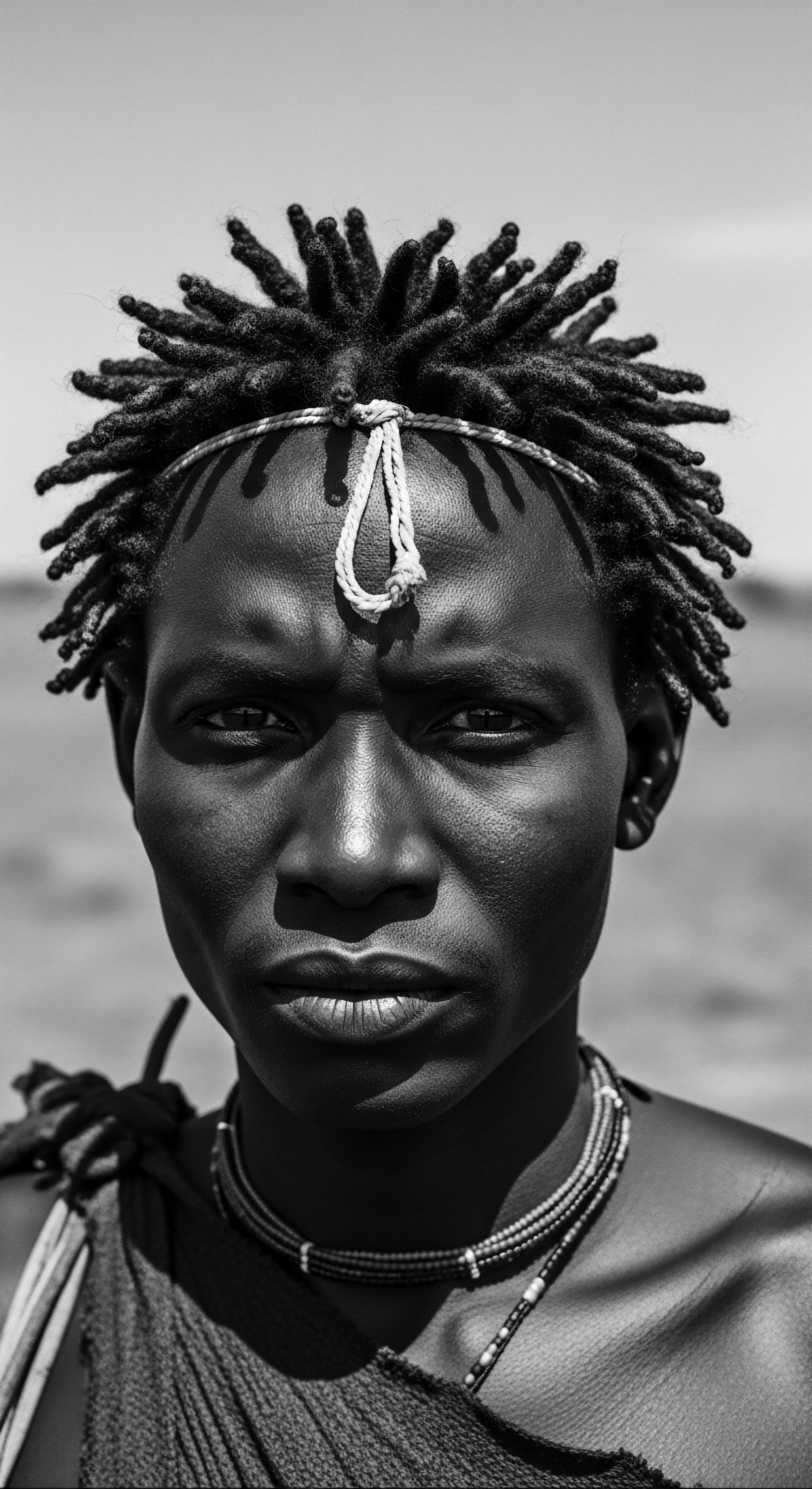
What is the Deep Connection between Oiling and Inherited Wellness?
The application of oils, long a cornerstone of textured hair care, finds its scientific validation in modern understanding of hair biology. The inherent curl pattern of textured hair, as discussed earlier, makes it prone to dryness. Oils provide the necessary lipids to lubricate the hair shaft, reducing friction, preventing breakage, and enhancing its natural luster.
This empirical knowledge, honed over generations, now stands corroborated by dermatological research. Traditional ingredients, once known only through inherited wisdom, are now recognized for their specific properties:
- Shea Butter ❉ Rich in fatty acids and vitamins, offering deep conditioning and sealing properties.
- Castor Oil ❉ Known for its viscosity and purported ability to promote circulation and hair growth.
- Coconut Oil ❉ A highly penetrating oil that reduces protein loss and provides substantial moisture.
- Amla Oil (Indian Gooseberry) ❉ While predominantly South Asian, cross-cultural influences extended its use, prized for its rejuvenating properties and vitamin C content.
- Baobab Oil ❉ Extracted from the “tree of life” in some African cultures, offering nourishment and elasticity.
The ritual of oiling extends beyond physical benefits. It represents a moment of self-care, a quiet connection to lineage, and a continuation of tenderness passed down through familial hands. This practice, performed often in familial settings, particularly by mothers and elders, instills a sense of value and sacredness around textured hair, linking the individual to a broader cultural narrative of care and identity. The act of warming the oil, massaging it into the scalp, and working it through the strands becomes a meditative practice, a quiet dialogue with the past.
| Historical Care Principle Moisture Retention (Oiling, butters) |
| Contemporary Relevance and Application Pre-pooing, leave-in conditioners, deep conditioning, moisturizing styling creams. |
| Historical Care Principle Scalp Health (Herbal rinses, gentle massage) |
| Contemporary Relevance and Application Targeted scalp treatments, exfoliation, nourishing scalp serums. |
| Historical Care Principle Protective Styling (Braids, twists, wraps) |
| Contemporary Relevance and Application Braids, twists, locs, weaves, wigs as low-manipulation options. |
| Historical Care Principle Communal Grooming (Shared hair sessions) |
| Contemporary Relevance and Application Hair salon experiences, online hair communities, natural hair meetups. |
| Historical Care Principle The practices of old persist, adapting their forms to modern settings while retaining their inherent purpose. |
The enduring practice of textured hair care, particularly oiling, represents a continuous relay of ancestral wisdom, adapting through historical pressures and affirming cultural identity through both traditional methods and modern re-expressions.
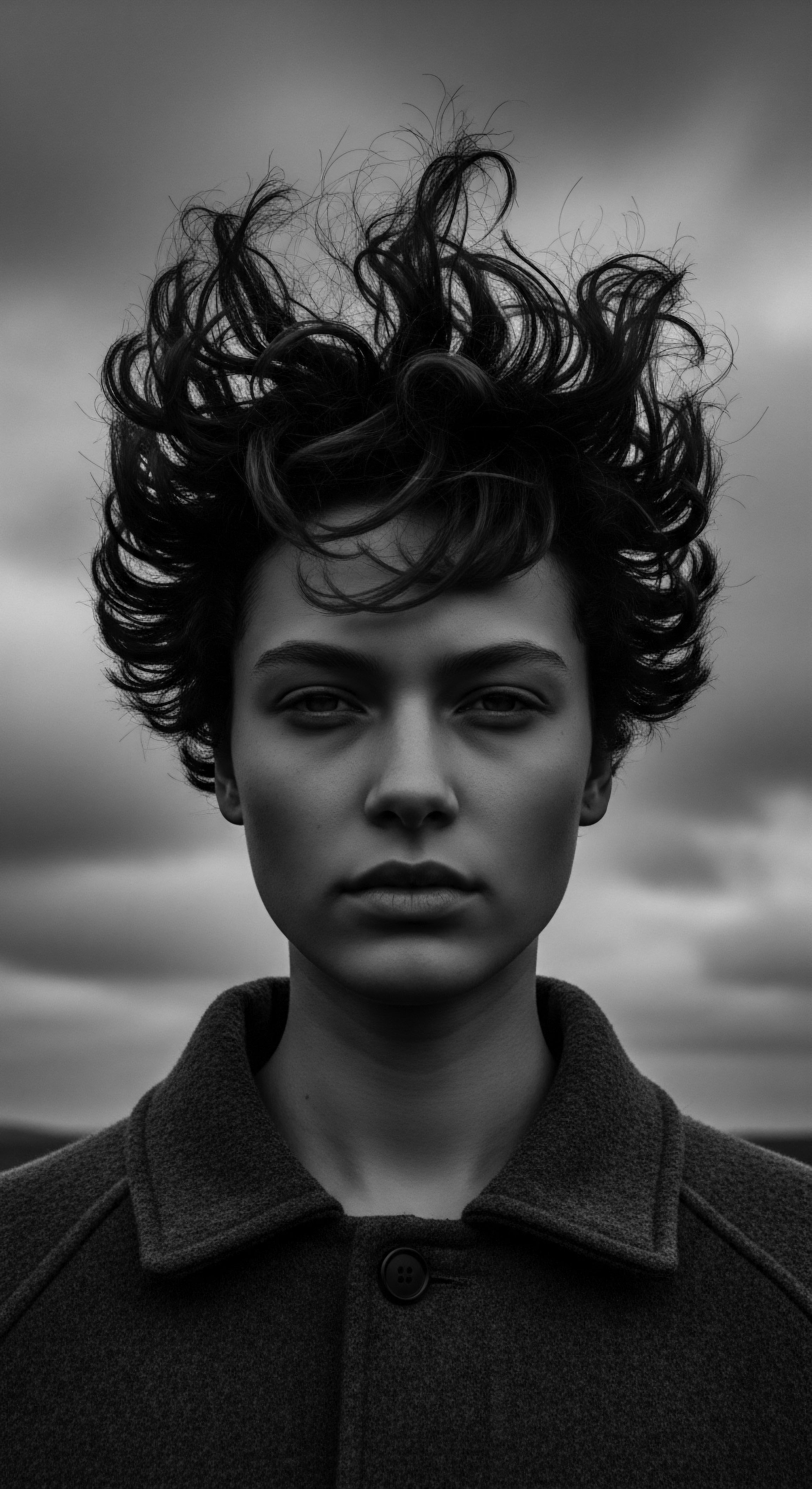
Reflection
The journey of textured hair care, from its ancient origins as a social ledger and spiritual conduit to its complex trajectory through enslavement, resistance, and reclamation, speaks to more than just grooming. It tells a story of an inherent strength, a refusal to be erased, and the enduring power of self-definition. The act of oiling, a practice seemingly simple, holds within its touch the wisdom of generations, the memory of survival, and the aspiration for future self-hood. It is a dialogue between the elemental biology of the strand and the expansive spirit of a people.
In every drop of oil massaged into a scalp, every carefully sculpted curl, there resides a profound connection to a heritage that survived incredible odds. Textured hair, with its unique patterns and requirements, stands as a vibrant, living archive. Its care rituals are not relics of a forgotten past; they are active, dynamic expressions of a cultural identity that continues to evolve, to assert, and to celebrate its inherent beauty. The ‘Soul of a Strand’ whispers through this history, reminding us that true beauty lies not just in outward appearance, but in the deep, resonant echoes of where we come from and the ancestral wisdom we carry forward.
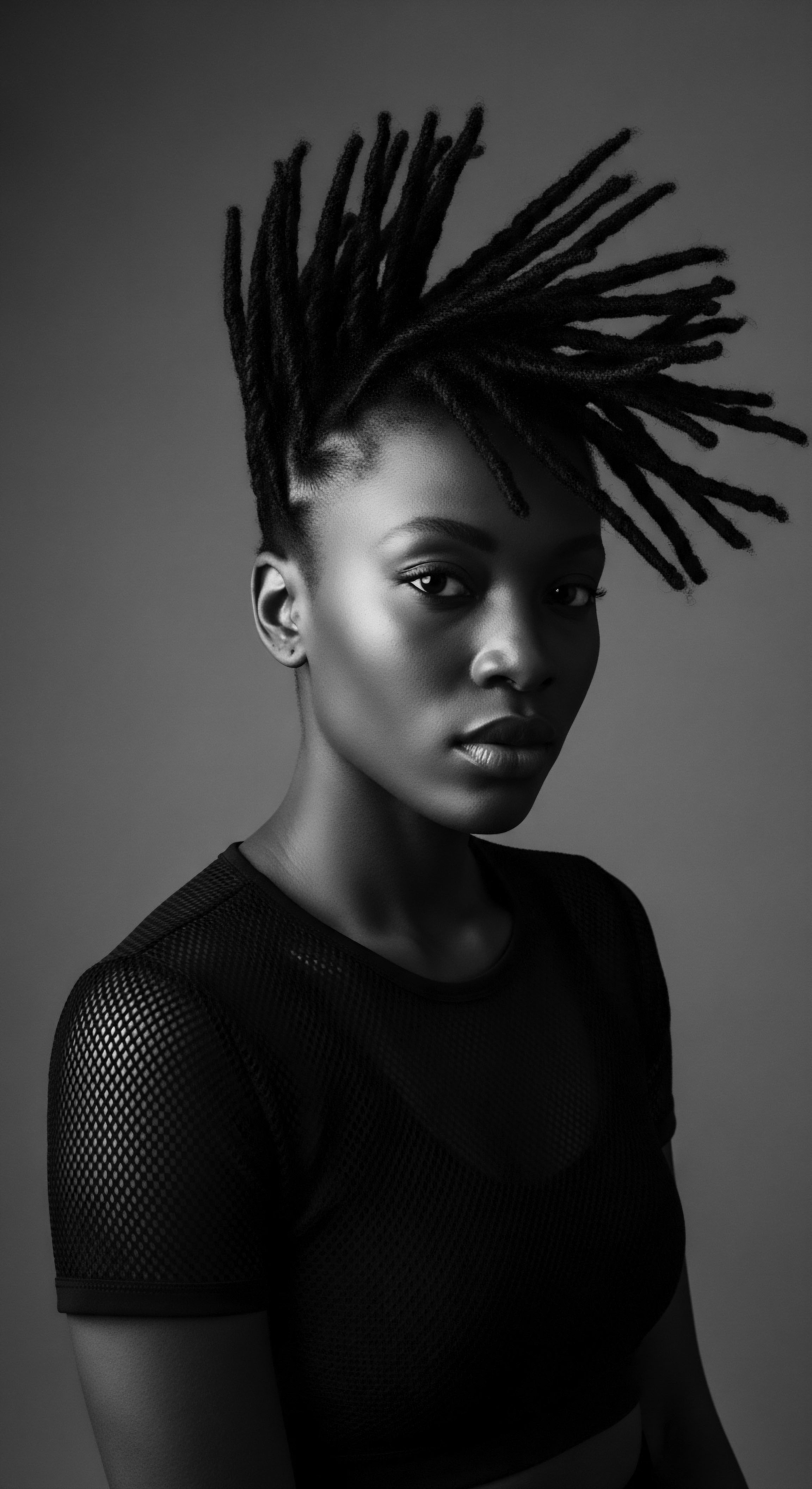
References
- Byrd, Ayana D. and Lori L. Tharps. Hair Story ❉ Untangling the Roots of Black Hair in America. St. Martin’s Press, 2001.
- Colleen. “The History of Textured Hair.” Colleen, 28 Aug. 2020.
- Dabiri, Emma. Twisted ❉ The Tangled History of Black Hair Culture. Harper Perennial, 2019.
- Johnson, Kimberly and Banks, T. (2014). “The Politics of Black Women’s Hair ❉ A Critical Analysis.” Journal of Black Studies, vol. 45, no. 5, 2014, pp. 383–404.
- Jacobs-Huey, Lanita. From the Kitchen to the Parlor ❉ Language and Becoming in African American Women’s Hair Care. Oxford University Press, 2006.
- Lashley, Myrna. “The Importance of Hair in the Identity of Black People.” Érudit, vol. 16, no. 1, 2020, pp. 109-122.
- Mercer, Kobena. “Black Hair/Style Politics.” Welcome to the Jungle ❉ New Positions in Black Cultural Studies. Routledge, 1987, pp. 34-58.
